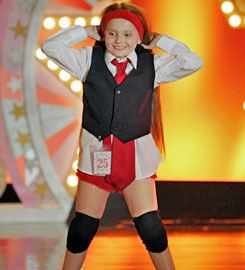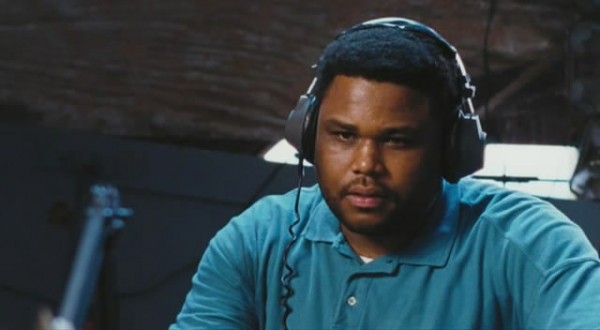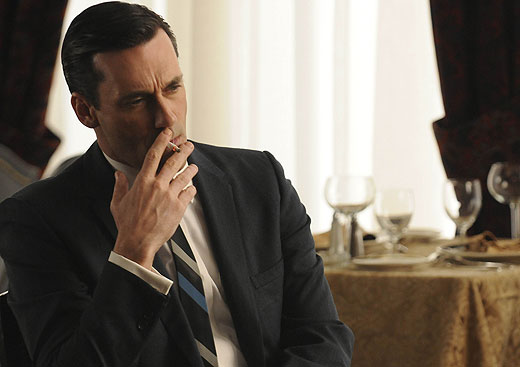Screenplay Meta-Structure or “the way into the story”

You know who your story is about and what it’s about and why you’re telling the story…but HOW are you going to tell it?
Think about the general way that you’re going to tell the story before you start to lay out the scene list. What’s your way into this story?
E.T. was crafted to be told from the perspective of a young boy, Elliot. We pretty much only see what he sees, know what he knows. The film even employs low angles to give the audience the perspective of a child.
The Usual Suspects is literally told to us by Kevin Spacey’s character, who spins a long-winded tale meant to answer the question “Who is Keyser Soze?” The answer is not revealed until the climax when we learn that he is Keyser Soze.
Citizen Kane uses the framing device of a reporter’s investigation, thus motivating a trip through the life of Charles Foster Kane, all in answer to the question “What is Rosebud?”
Slumdog Millionaire uses the questions in the quiz show as catalysts for flashbacks that show us Jamal’s journey from the slums to his lower-class job as a Chai server to his chance to win a million dollars on TV — these scenes show us how he gathered the information to answer the question at hand, a deft use of Cause & Effect. The quiz show becomes the spine of the story, providing the foundation for Jamal’s pursuit of his external and internal goals, which are, put simply, the money and the girl. It’s interesting to note that these two goals represent Jamal’s two worlds: the upper class world of money and the lower class world of danger and desperation.
These examples were the screenwriters’ chosen perspectives and central engines for the story. They could have chosen 100 other devices with which to tell these particular stories, but they chose these narrative devices, probably because they best exemplified the key elements in their Basic Story Map, like Goals, Theme and Arc.
START AT THE END
Many movies or TV shows begin with the ending and the screenwriter reverse-engineers the story from there.

The germ of Little Miss Sunshine was created when Michael Arndt was watching a child beauty pageant and he thought about what might happen if an awkward girl got up on stage and “just started kicking ass.” The resulting script is a series of scenes in a classical structure that push to the hilarious climax that finds young Olive dancing to Rick James’ Superfreak for her entry in the talent competition… soon her family joins her on stage and they all start dancing like maniacs. Incidentally, this climax also represents the ultimate fruition of the theme, which is “we are all freaks.” The movie is also explicitly about competition, thus each character is in some way involved in a contest to be the best, culminating in this contest in which they have no hope of winning, so their only recourse is to accept their own weaknesses and come together as a family.
GIMME THE BEATS

The gritty music drama Hustle & Flow uses the recording of songs as signposts in the second act, hitting the Story Map beats point-for-point: the rousing anthem Whoop That Trick happens at minute 45 (what I call “Combat” which directly follows the First Trial/First Casualty), the Oscar winning It’s Hard Out Here for a Pimp comes together at 60 for the Midpoint and the title track Hustle & Flow (It Ain’t Over) happens right at 75 for the protagonist’s Declaration of War/Assumption of Power. (Note: The music drama Once uses the same device of songs as plot markers.) It should also be noted that the lyrics in the songs get more and more personal for the protagonist and advance his internal arc of change. The climax is also music-related: his song plays on the radio, launching him to fame.
This meta-structure is not limited to movies. Let’s look at some examples from television…

The pilot for the brilliant TV drama Mad Men shows us Don Draper, a Manhattan ad exec and dashing playboy who drinks, smokes and meets his girlfriend for a noon-time romp during his lunch break. He flirts with every woman and they flirt back, as they gossip about this legendary cocksman and brilliant cypher. The very last scene shows Don pulling up to his suburban home, walking into the house and saying goodnight…to his wife and kids.
The TV drama Sons of Anarchy is Hamlet in a biker gang. It’s all there in the pilot: the young prince Jax (son of the former head of the gang) gets a message from his dead father (in the form of a journal) that warns him about his step-father (dad’s former second-in-command turned leader, now dating Jax’s mother!) corrupting their motorcycle club. Something’s rotten in…the fictional town of Charming, California. (bad?)
If you know your Meta-Structure, you know your story and the beat sheet should be a piece of cake. That’s when you reach for your Story Map worksheet and map it out. I’ve got some great ways to train you how to use the Story Maps method to structure and write your original screenplay so feel free to Contact me asap if you’d like to book some time (and utilize the special offers below).
Good luck and Happy Writing!
Sincerely,
-Dan Calvisi
https://actfourscreenplays.com
GET META!
- Get professional notes and coaching on your completed screenplay.
TAKE $45 OFF! - Build a Story Map for your new screenplay. TAKE $50 OFF!
- Develop a new screenplay from scratch with the guidance of an industry professional. TAKE $100 OFF!
- Hire an industry pro to rewrite your script for you.
- Ask me a question.

Leave a Reply
Want to join the discussion?Feel free to contribute!